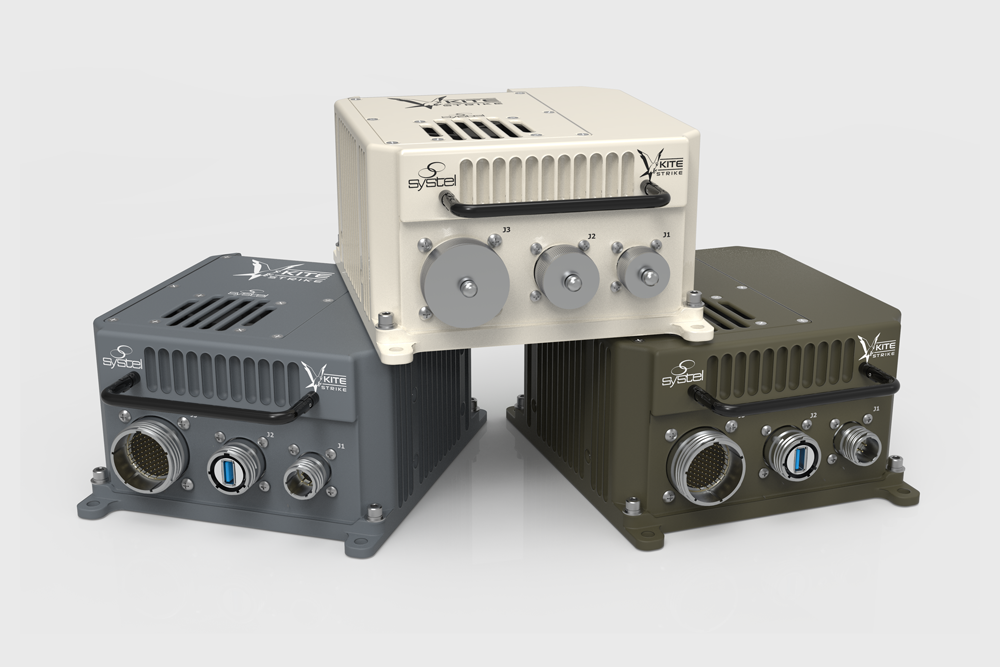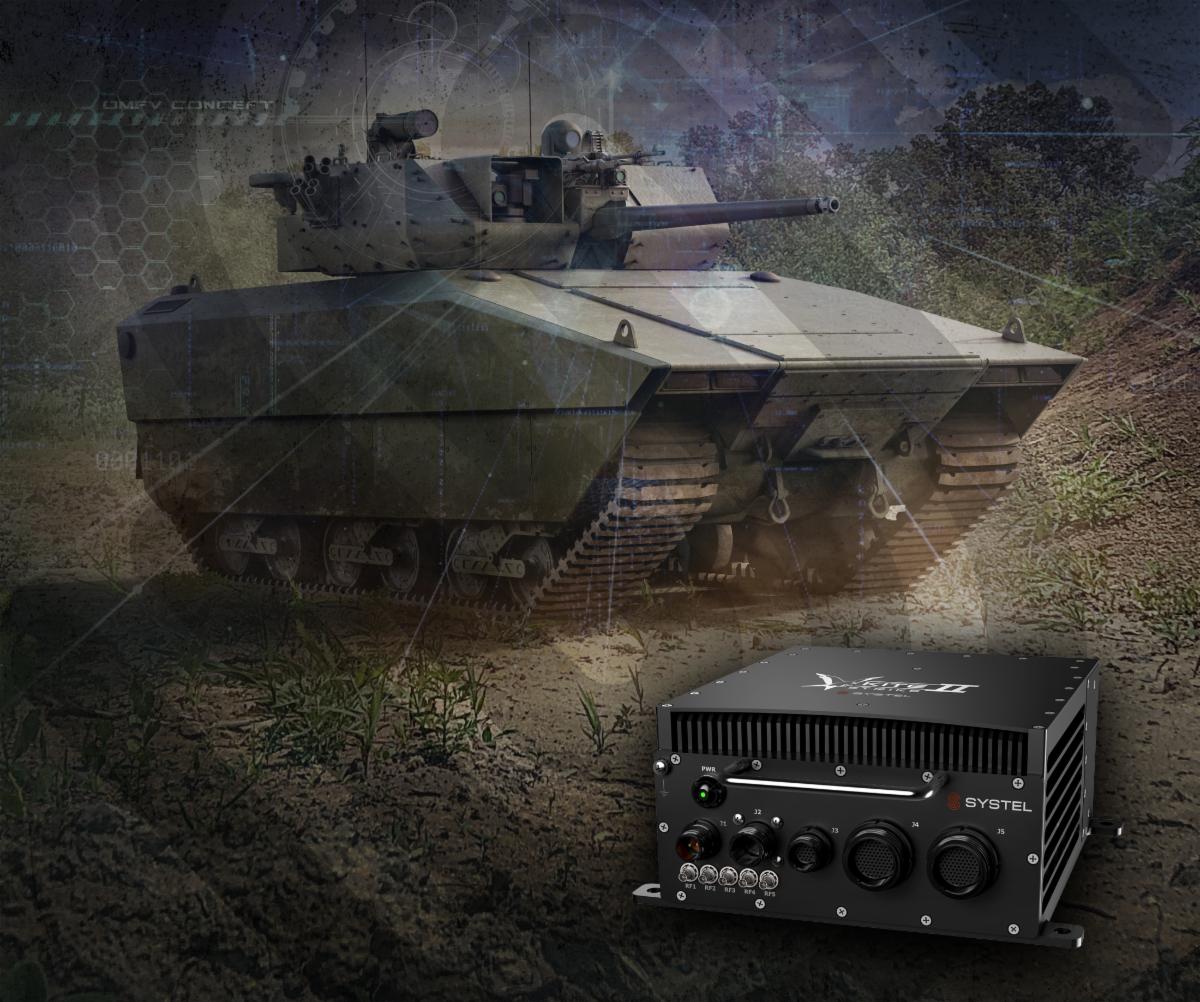Embedded Systems – High Performance in Small Form Factors

Embedded Systems – High Performance in Small Form Factors
Just a couple of decades ago, computers were still a relatively new addition to many homes and workplaces, and the internet was still in its infancy. Now, fast forward 20 years and the world is a significantly different place, connected devices are commonplace and are integral to many industries – and this has all been thanks to developments in embedded computing systems.
Just a few years ago, you would most likely be sitting reading this blog on a desktop computer or bulky laptop with a slow Wi-Fi connection or wired internet. But today, the chances are you are reading this on a phone or tablet device, who knows maybe even on your 5G connected fridge!
Computers are so ubiquitous that we interact with them throughout most of the day, whether we know it or not. We send emails through a phone, we track our daily activities through a smartwatch, cars can automatically perform tasks such as braking or parking, and machinery at work can generate performance data and send it into the cloud. This has all been enabled by embedded computers and the internet of things (IoT).
Embedded computers are now essential for many industries, including automotive, aerospace, medical, security, communications, and defense.
What is an embedded computer?
Embedded computers are a combination of hardware and software that are designed to perform specific tasks, and as the name suggests they form part of – or are “embedded” into – wider mechanical or electrical systems.
This differs from standalone general-purpose computers or laptops that we may use in the workplace or at home, as these can perform many functions with an operating system, various programs and peripherals installed.
Embedded computers have of course been around for some time, and the definition and development of an “embedded system” has morphed and changed over time. In recent years they have become more powerful – yet have retained a small form factor – and are now key enablers for technologies that are transforming the way we work and live.
Take for example artificial intelligence (AI) and being able to host machine learning algorithms for emerging technology areas such as autonomous cars and flying taxis, which requires significant amounts of processing power but with strict size, weight and power (SWaP) limits. Embedded systems are also important for hyperconnected smart cities, where sensors connected across 5G networks are becoming commonplace.
In the military space, embedded systems are crucial for processing and fusing the huge amounts of data that is generated from sensors during intelligence, surveillance and reconnaissance (ISR) missions.
A challenge for embedded computers is that they are often located very close to where they are needed, which could be under the bonnet of a car, within the fuselage of a drone, integrated into a piece of plant machinery, or on the body armor of a soldier.
That can put significant stress and wear on the components and it’s unlikely that standard computers will be able to withstand this, which means they have to be ruggedized.
Embedded computers also usually undertake tasks that are critical to people, businesses, and governments, including the military. That means that they must be extremely reliable and perform for extended periods without the need for engineers to maintain or fix the equipment during mission-critical scenarios.

Check Out Our Embedded Computing Solutions
Download The Product SheetWhat can embedded computers do?
While embedded computer systems are often limited by the space they are installed in, and the power they have available, they are continuing to grow in terms of performance. In fact, many embedded systems can now deliver similar levels of performance and functionality that were once only possible using large rack-mount server architectures.
This is giving unprecedented performance for platforms that would not be able to integrate a rack-mount server, such as a UAV.
For the military, there is a growing use of embedded systems in areas such as Electronic Warfare (EW) and Signals Intelligence (SIGINT), which require significant compute horsepower. This is closely related to the changing nature of warfare and the requirements from the military, especially as the threat shifts from asymmetric warfare to near-peer conflicts.
Rugged embedded computers can even be “virtualized”, something that has been possible on rackmount servers for several years to maximize their performance, where one hardware system can host multiple (and independent) virtualized operating systems.
This is an exciting area currently for embedded systems and can enable “thin clients”, meaning that, for instance, two operators onboard an aircraft or in a vehicle can run their own operations completely separately but it will reside on one hardware system. This gives a lot of tools for network architecture.
The increased performance of embedded systems has been enabled by technologies such as computer-on-module express (known as COM Express) form factors – which combine microprocessors, RAM and I/O controllers – as well as standards such as VPX. The latter is a standard for high-performance rugged solutions specifically focused on the defense, aerospace and industrial markets.
Systel’s pedigree in rugged embedded computing
Systel is an experienced supplier of rugged embedded systems for demanding and mission-critical applications, including defense, where space is often constrained but performance is essential. Our Strike mission computers are fully sealed and certified to meet a range of military standards – including extreme temperatures and shock and vibration under MIL-STD-810 – and are engineered and manufactured for extreme SWaP optimization for use on a range of military and industrial platforms.
Built on an open architecture framework and compliant with the Department of Defense’s Modular Open Systems Approach (MOSA), our embedded compute solutions such Kite-Strike II, our latest small-form-factor (SFF) edge AI solution, provide data center performance in a ruggedized compact form factor.
Let's Talk!
Have questions or want to learn more?
Contact our team and let’s talk!
